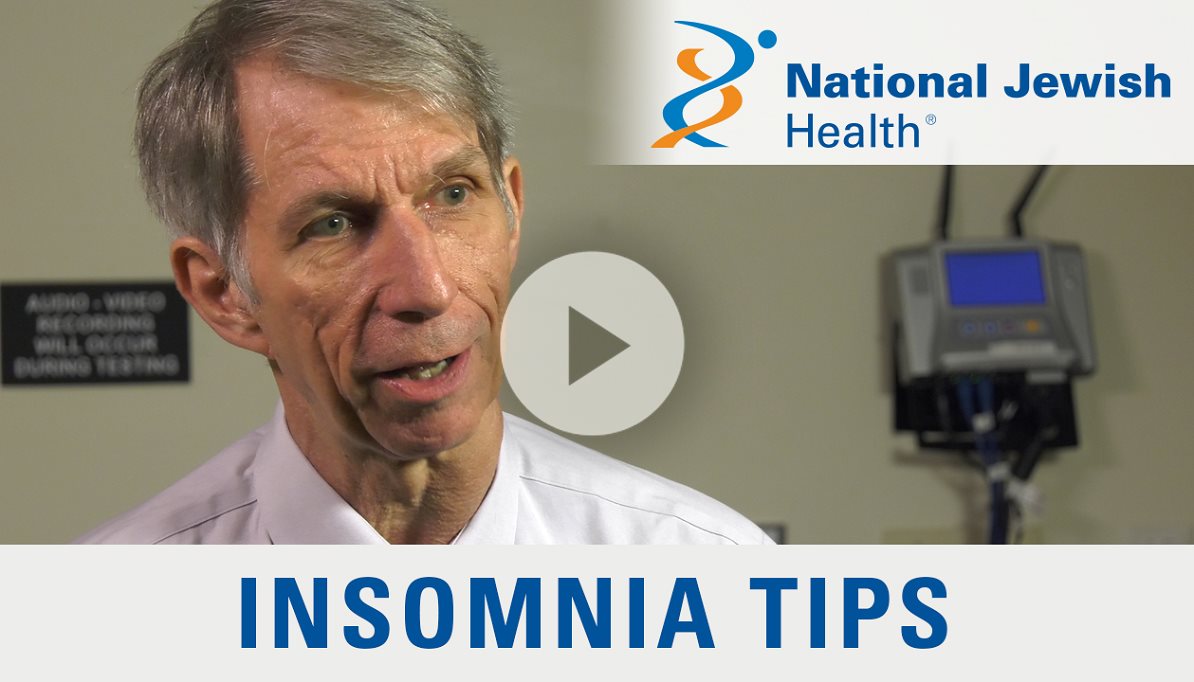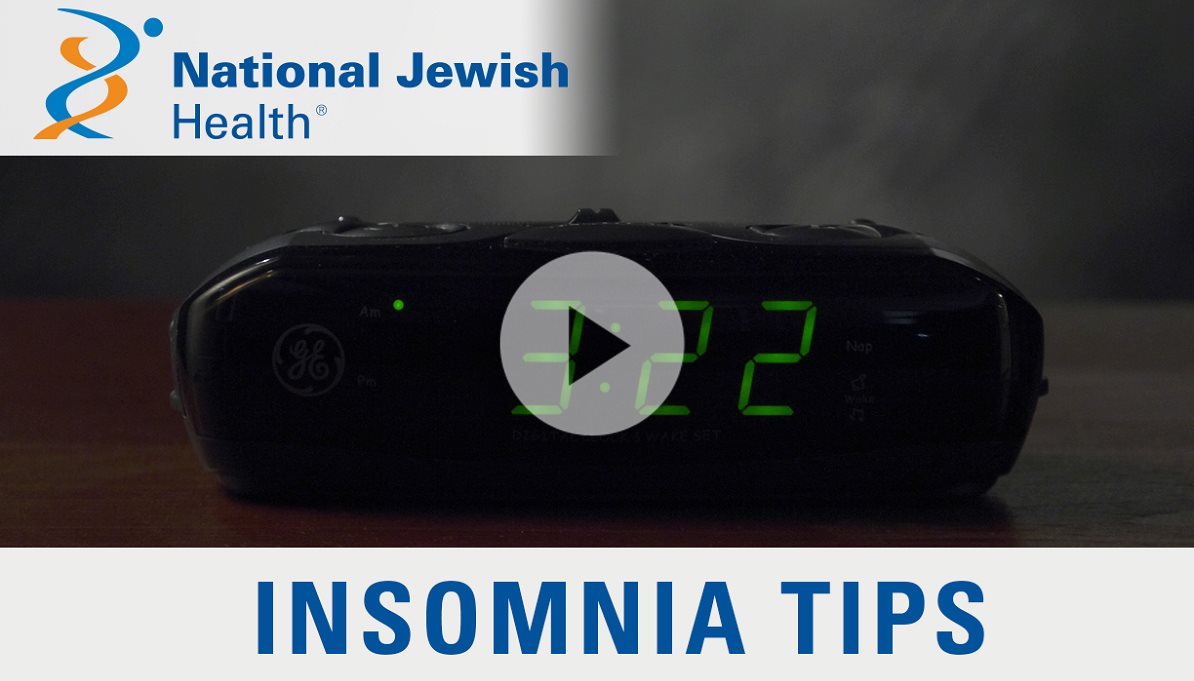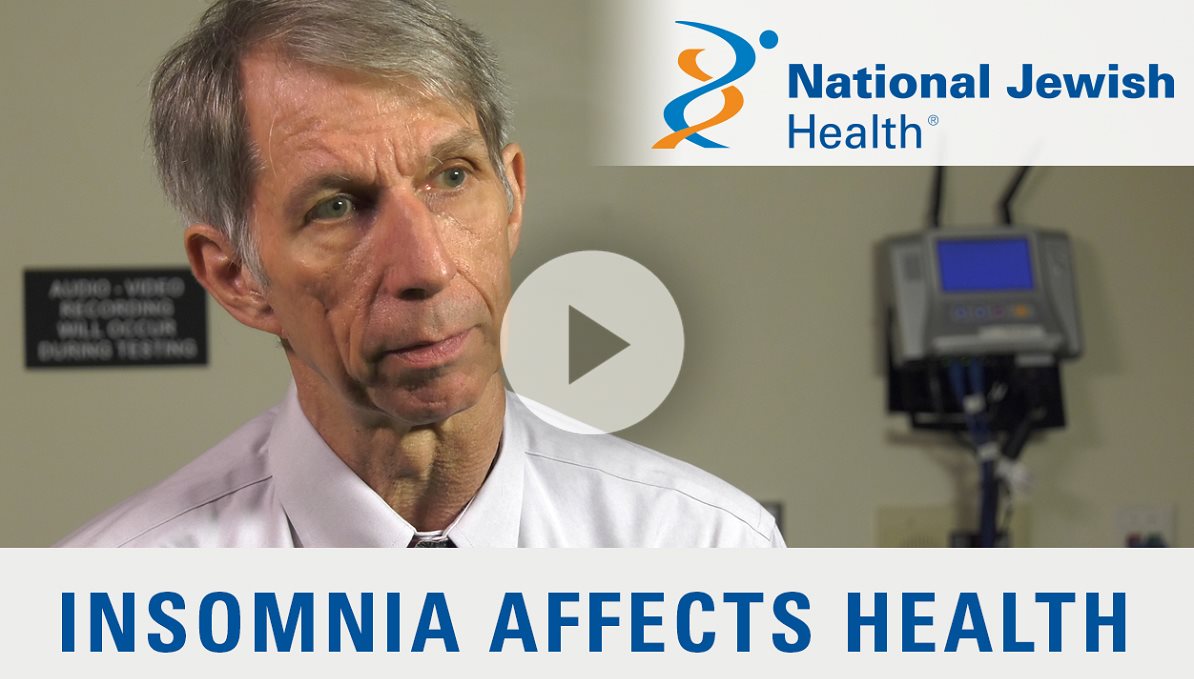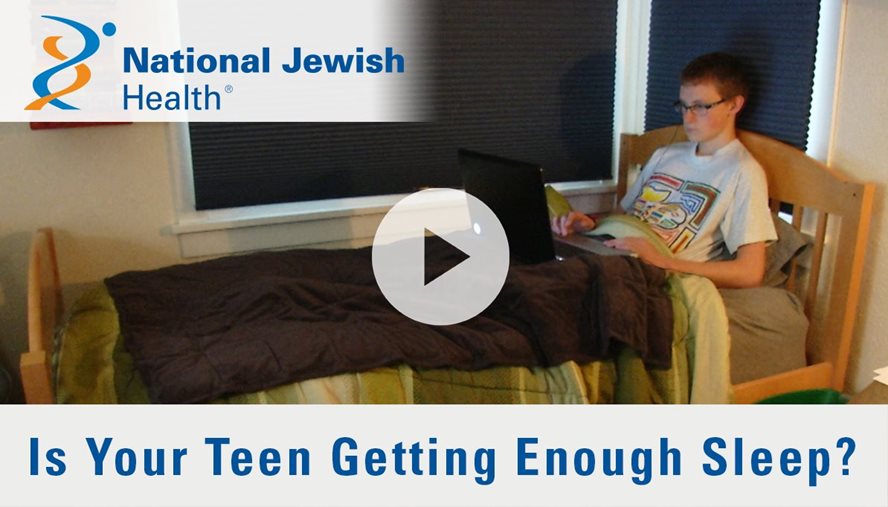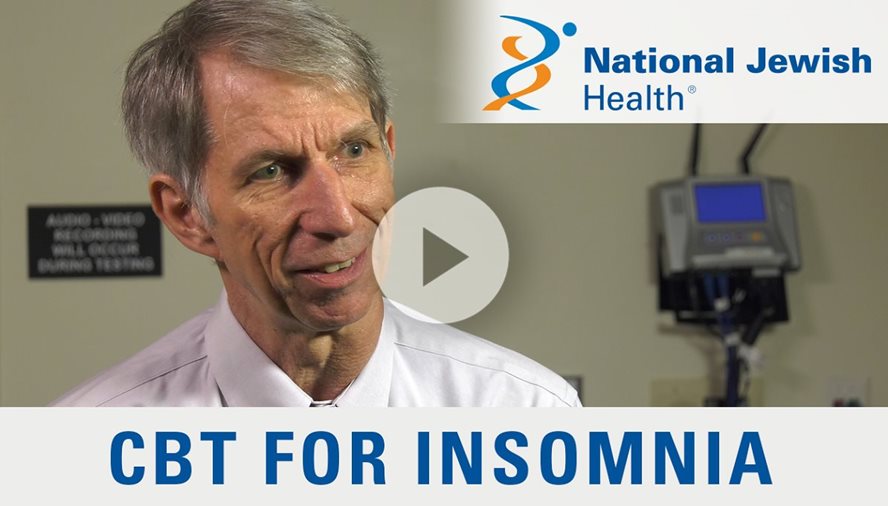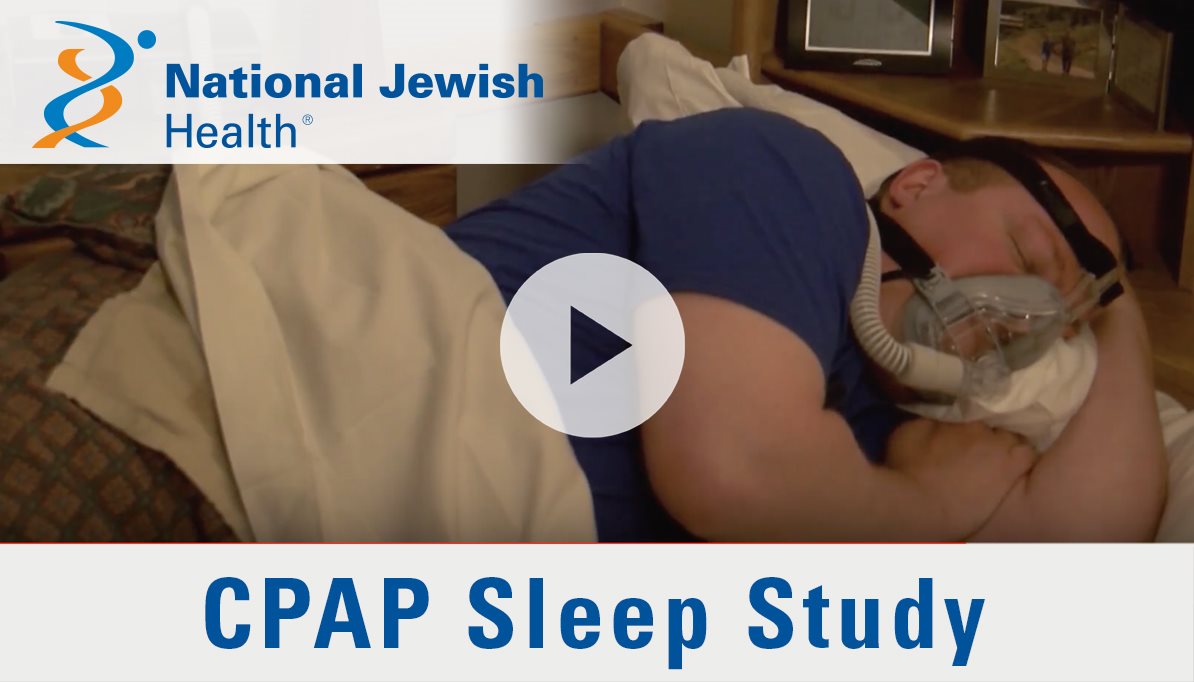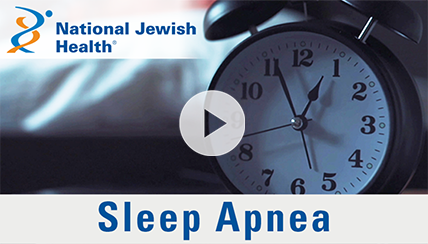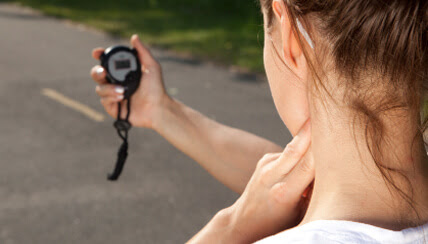Study: After Watching Disturbing Video, CPAP Usage Soars
More than half of those prescribed a CPAP mask to keep their airways open at night don’t use it, but when Mark Aloia, PhD, a sleep expert at National Jewish Health showed patients videos of themselves struggling to take in air while sleeping, he found that their usage rate increased significantly.
Watch the video to learn more.
Video Transcript
Still to come, they never thought their sleep apnea was that bad - until they saw this. The disturbing video that’s changing patients’ lives, next in health news.
It’s estimated more than 20 million Americans have sleep apnea and if you’re one of them, you may have been given a mask to wear overnight to help you breathe. They are called CPAP masks, and even though they can be extremely effective, more than half of all patients who have them, don’t use them.
But doctors have found a way to change that. Clark Powell has more on a new study that gets patients to use their mask by showing them what sleep is like without it.
Like many patients with sleep apnea, John Brugger says he didn’t like his CPAP mask, at first. It was too cumbersome and too tight to get a good night’s sleep. So, like roughly half of all patients, most nights he wouldn’t wear it. Until he watched 60 seconds of video that changed everything.
“A powerful moment in my life. Made me cry watching it. Still vivid in my mind seeing what my body was going through at night, you just don’t realize it.”
What John saw was video of himself sleeping and trying desperately to breathe without his mask. Images that were both incredibly disturbing for the patient ... And highly effective. “Sleep apnea is one of those disorders you never really notice in yourself. I mean, you’re asleep, you’re consciously not aware of what’s happening to you.”
So, in order to make patients more aware, Dr. Mark Aloia conducted a study. At National Jewish Health in Denver, researchers monitored patients overnight in a sleep lab, keeping track of things like heart rate and oxygen levels. They also turned on a camera, which got through to patients like never before.
“We really create a sort of a personal sense of urgency in this patient in order to change their behavior.”
And that change was profound. The study found that, on average, patients who watched video of themselves struggling with sleep apnea, used a CPAP mask almost twice as long as those who didn’t watch a video at all. And nearly two and a half hours more than patients who watched a video of someone else with sleep apnea. And some, like John, vow to never stop using it again.
“To see myself basically drowning in my bed. And um… made me very determined to fix that.”
At National Jewish Health in Denver, this is Clark Powell reporting.
Related Videos
Related Health Insights and News
Want to use this on your website? Fill out the content usage request form and then copy this code: https://youtu.be/q__Sp_2HCW8


